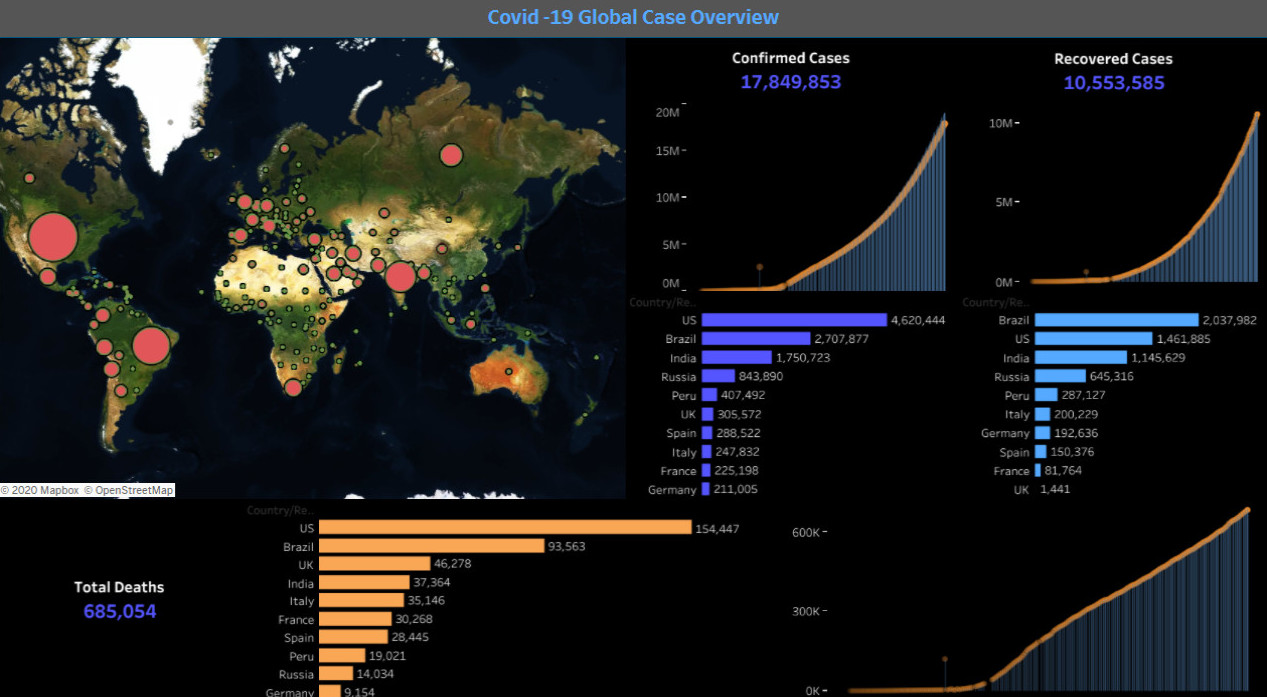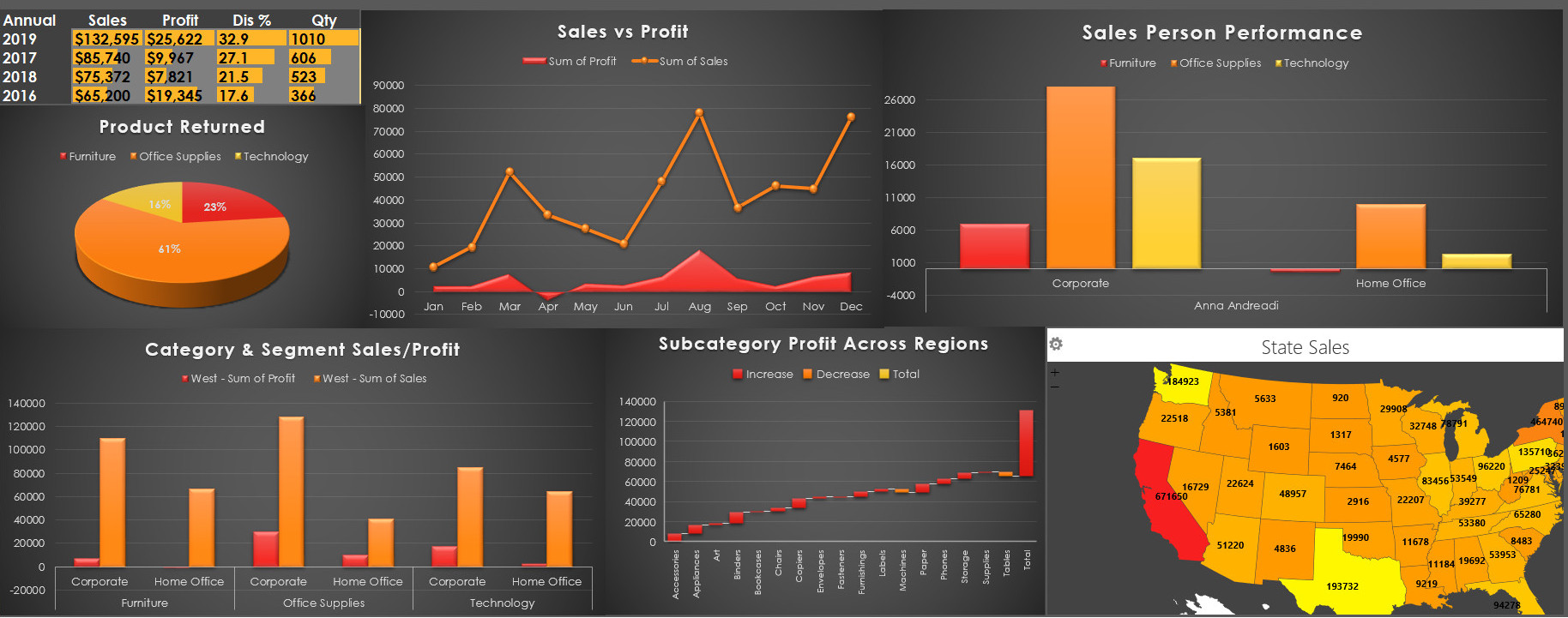This article was published as a part of the Data Science Blogathon.

Are you someone who loves data, but not keen on becoming a data scientist? Do you enjoy finding a needle in a haystack? Are you a creative thinker who is always curious? Then the role of a data analyst/data visualizer/data storyteller might be apt for you.
Not everyone is into coding, mathematics, and stats. However, the passion of working with data, exploring the hidden insights in the data, and presenting these insights in a simplistic manner might be something that you want to dabble in. This article will walk you through the skills, tools, and resources required to become a data analyst.
The role of a data analyst does not demand a computer science or math background. You can acquire the technical skills required for this role even if you are from a non-technical background. Following is a list of key technical skills required to ace the data analyst role:

Basic knowledge of SQL is also helpful as it will give you control over accessing the data from various sources. Understanding data retrieval and integration will help in managing the data well.

Excel is another widely used data analysis tool but underrated for its capability. Its features are on par with that of Power BI as Microsoft has brought in most of the Power BI tools such as Power Query editor to Excel. There are many features in Excel such as pivot tables, formulas for data manipulation, and charts for visualization that is effectively used to develop some amazing dashboards.
Data analyst require more proficiency in soft skills compared to a data scientist. The onus will be on a data analyst to effectively present the outcome of data analysis to a panel that might include significant stakeholders such as manager, customer, and SME (Subject Matter Expert). You need to have the essential soft skills to churn the technical information into easy to understand non-technical action item. You have to confidently present your findings and put forth solutions through an impressive presentation. Here are some of the key focus areas required for this role:

There are many certifications available for validating your skills in this role. However, I would recommend opting for those given by industry leaders such as Tableau (Salesforce) and Microsoft. I am also including two important certifications related to data analytics from IIBA and TDWI. Following are the key certifications that you can check out:
U.S. Bureau of Labor Statistics reported that the demand for data science skills will drive a 27.9% rise in employment through 2026. Demand for skilled data analytics professionals currently outweighs the supply.
As already discussed, having only technical knowledge is not enough for this role. Analytical thinking and the ability to picture numbers into patterns is very critical for this role. Alongside, the business analyst role is merging with that of a data analyst, and business analysts are one of the most in-demand professionals. So leveraging this opportunity, it’s the right time for people wishing to transition to this field from marketing/sales/business profession.
Whether you are fresh out of college or a veteran in the industry, the prospects of starting your career as a data analyst, or transitioning to this role are very much possible with the right balance of technical and soft skills. Make use of online platforms such as Tableau gallery to showcase your skills. Tableau has a big online community that is very active.
These were some of the key points that I wanted to discuss becoming a successful data analyst. Focus on your shortcomings and master those skills, as this is a very competitive field. Develop interesting dashboards using Tableau/Power BI/Excel and share it on LinkedIn to be noticed, and reach potential employers.
PS: I have provided all the necessary resources as hyperlinks throughout my article.
Lorem ipsum dolor sit amet, consectetur adipiscing elit,
Thank you for sharing. It is a really good article. Can you please update the article? It would be really helpful. Thanks.